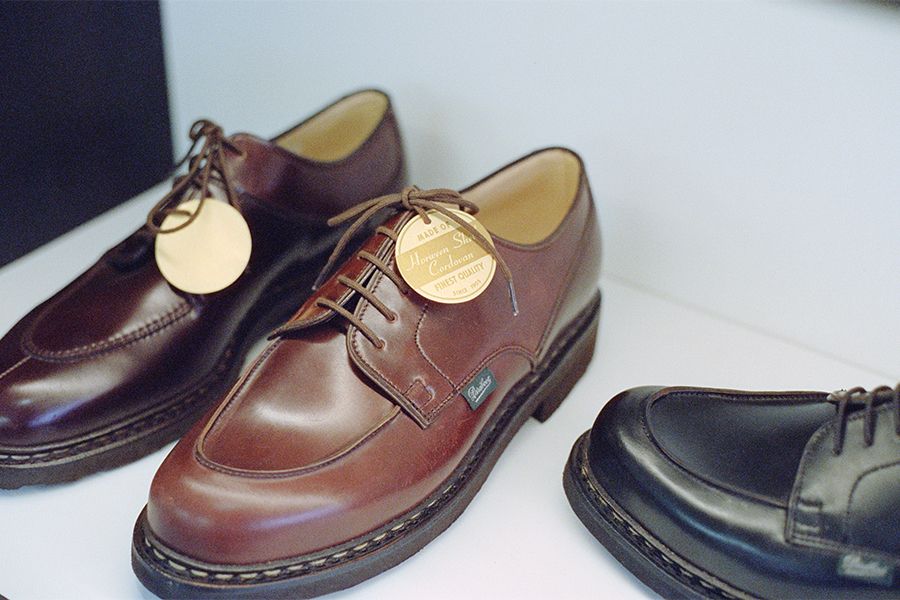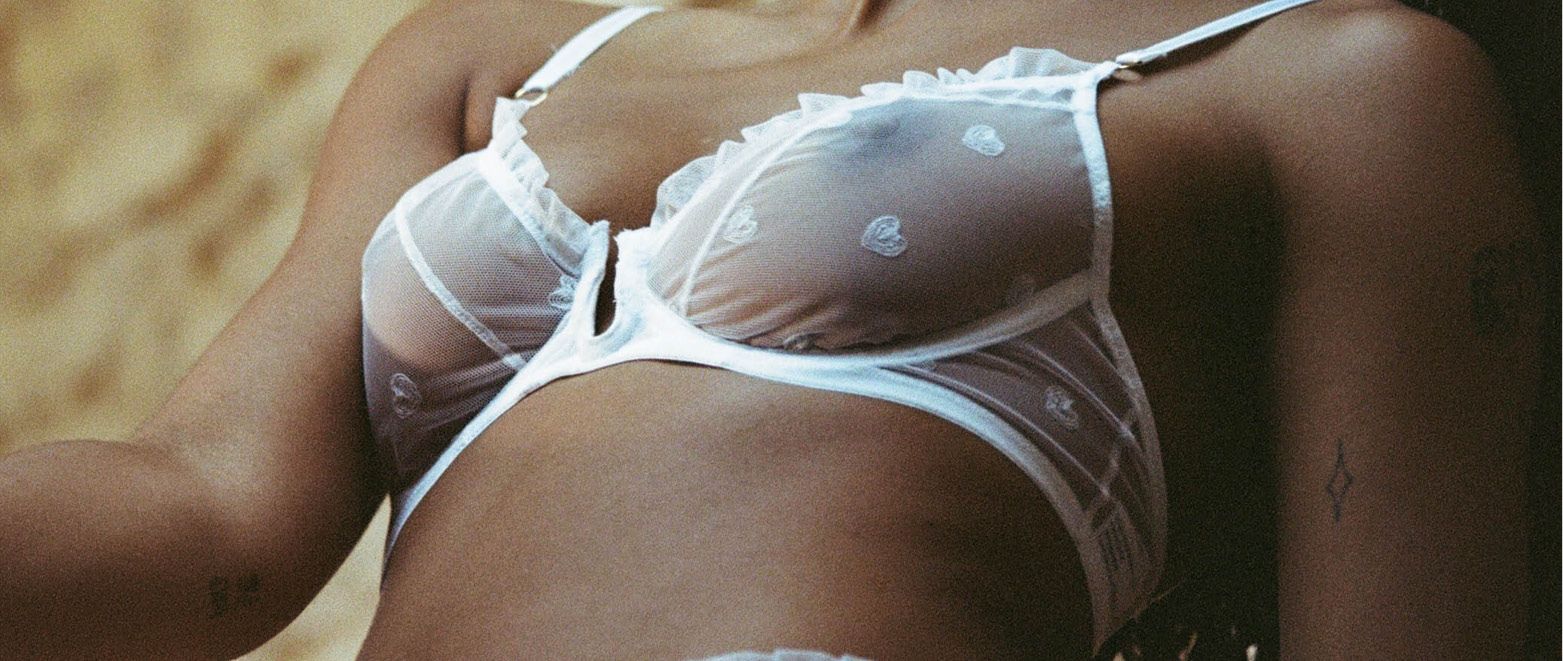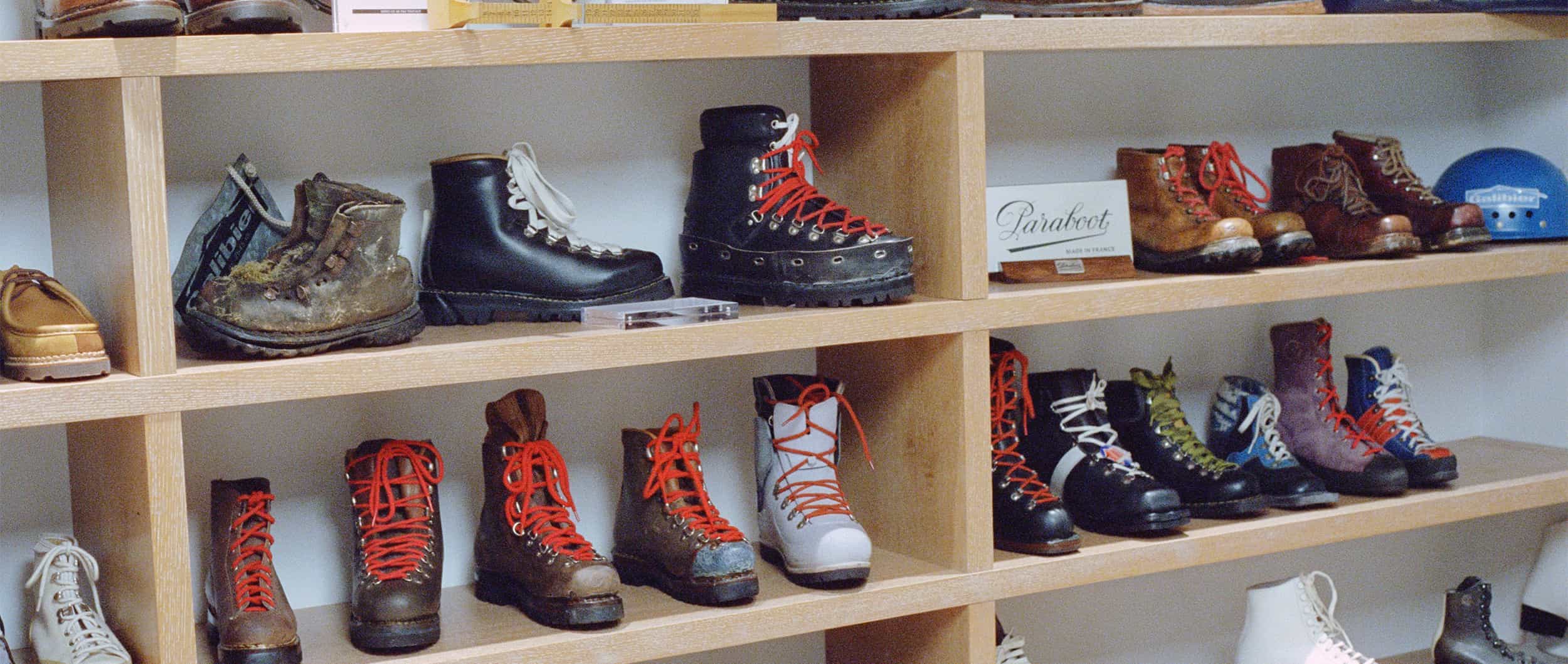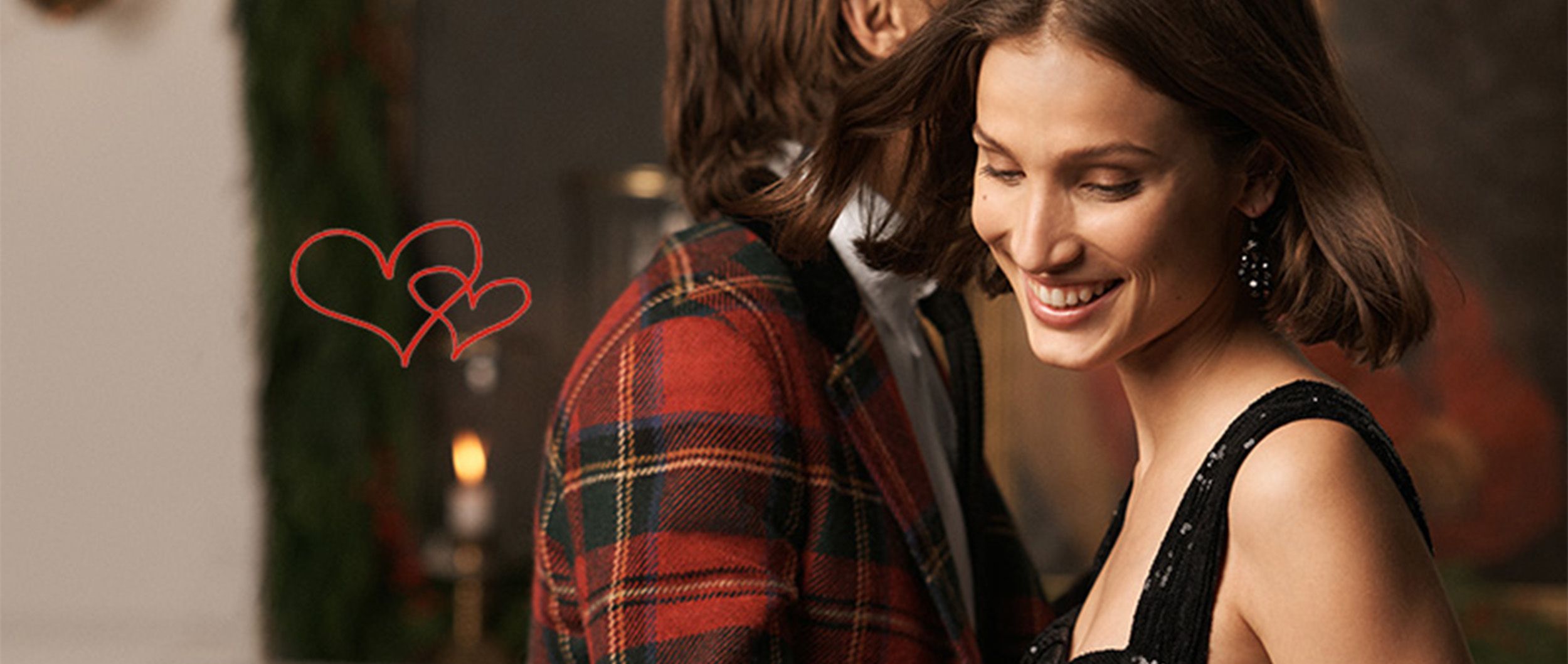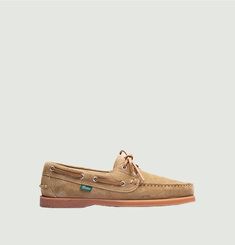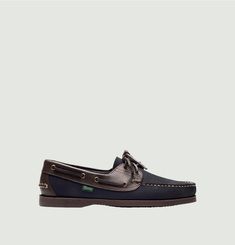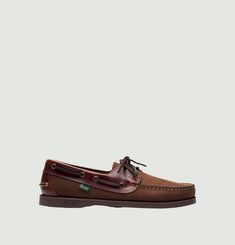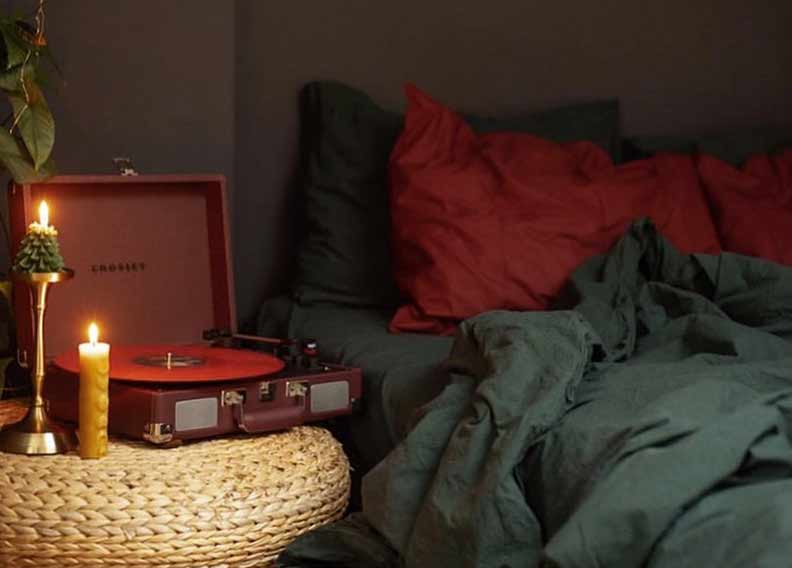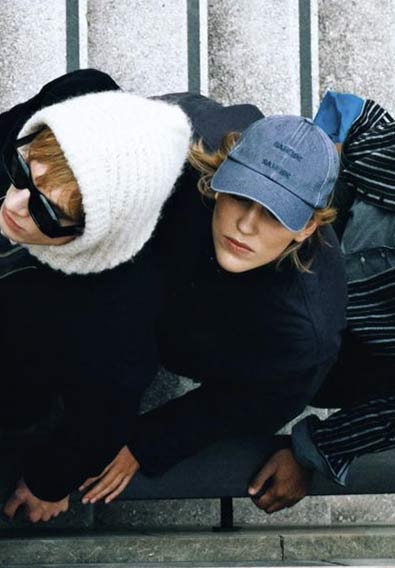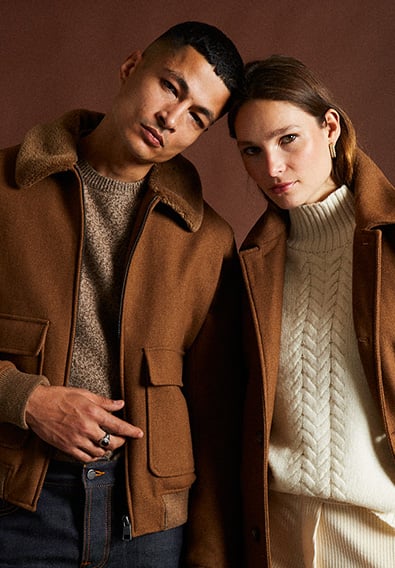Fred Tersen, Paraboot's Sales Director, told us the story of this French flagship and the steps involved in making a pair.
Find out all the manufacturing steps explained by Fred in our video:
Paraboot, the first steps
You may be wondering why a 100 French brand sports such an Anglo-Saxon sounding name. Originally, Paraboot was born when Remi Richard, its founder, discovered the boot craze in the United States and the rubber that was transiting through the port of Para in Brazil. He then combined the two names to create Paraboot. The brand was officially laid down in 1919.
At that time, rubber was a real revolution: we went from a wooden-soled shoe to a rubber sole, which brought flexibility to all shoes of this new era.
Immersion behind the scenes of the garment workshops
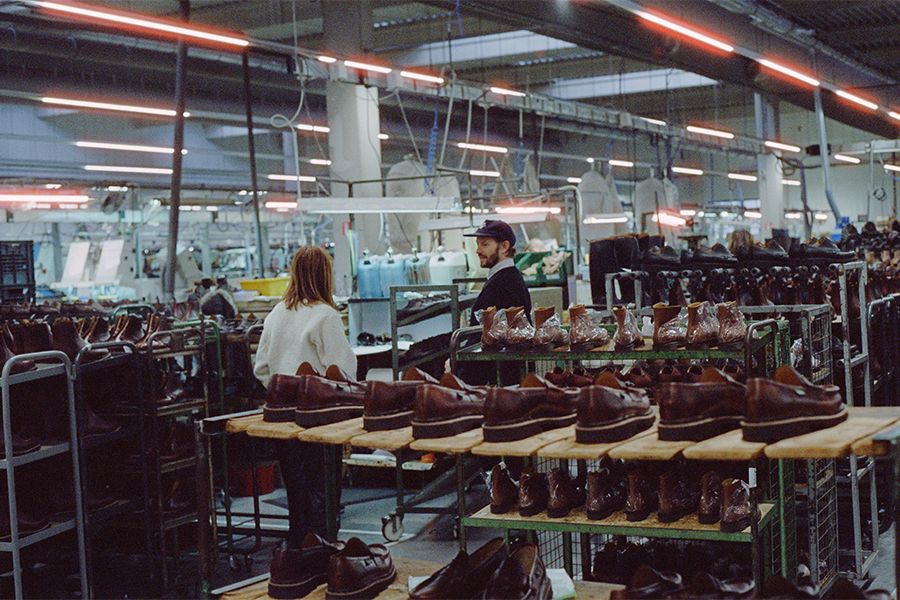
Paraboot designs all the shoes in-house. The leathers used are top quality leathers, Made in Alsace. This is where the calves go to graze the grass in the meadows.
Rubber, the DNA of Paraboot
To make the famous rubber soles, the vulcanization step must be performed. The craftsmen insert the rubber into a male and female mold, which they bake for 6 minutes under 200 degrees. The Paraboot rubber sole is then obtained. Paraboot is the only shoe manufacturer to make its own soles! The natural gum, derived from a plant called the rubber tree, ensures comfort and longevity to the product.
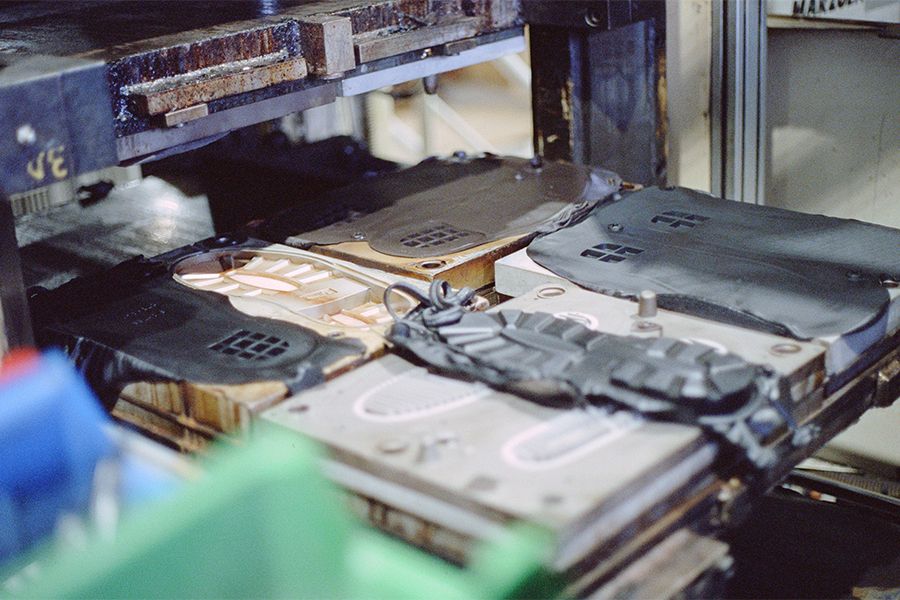
Then, a midsole is affixed between the shoe and the sole. It will be honeycombed on the inside so that air can circulate.
Cutting
The leather pieces are then cut: heel pads are cut for the back of the shoe, quarters are cut for the sides and a slap is cut for the front. These different pieces are assembled, and the body of the shoe is then born: we call it the upper. We find the upper upper and the interior which is called the lining, in goat at Paraboot. The stitching
During the stitching, the craftsmen assemble the different pieces with each other. This stitching work will constitute the shoe that will then be ready for manufacturing!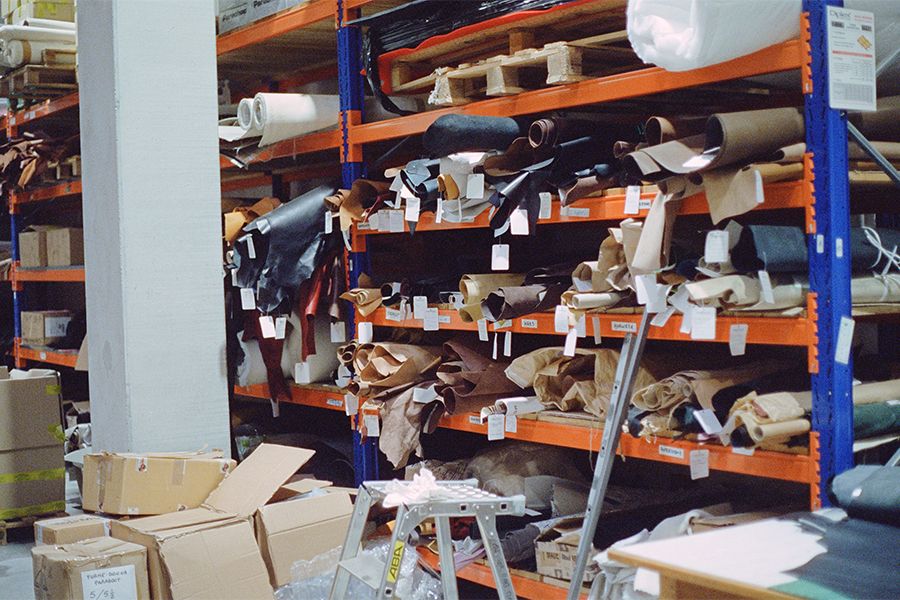
The welt: rather Goodyear or Norwegian?
Once in the manufacturing stage, you have to take a shape that represents the foot on which you will bring back a first assembly. Depending on the assembly, we bring a welt: it is a strip of leather that we will affix on the circumference of the shoe.
Depending on its position, it is called welt Norwegian or welt Goodyear.
The Goodyear welt is sewn on the reverse side. For the Norwegian welt, you can see this first stitching appear. Today, Paraboot is the world leader in Norwegian stitching.
The welt is then turned inside out in order to affix the previously manufactured rubber spacer. Once fixed with glue, the small stitching is brought back: it is the second most important stitching of Paraboot shoes. It is sometimes apparent, as on the Chambord model.
Once the stitching is done, you can bring back the last outsole. By the way, at Paraboot, the outsoles are replaceable: you can bring back a new one as soon as the outsole is damaged. And you end up with almost new shoes!
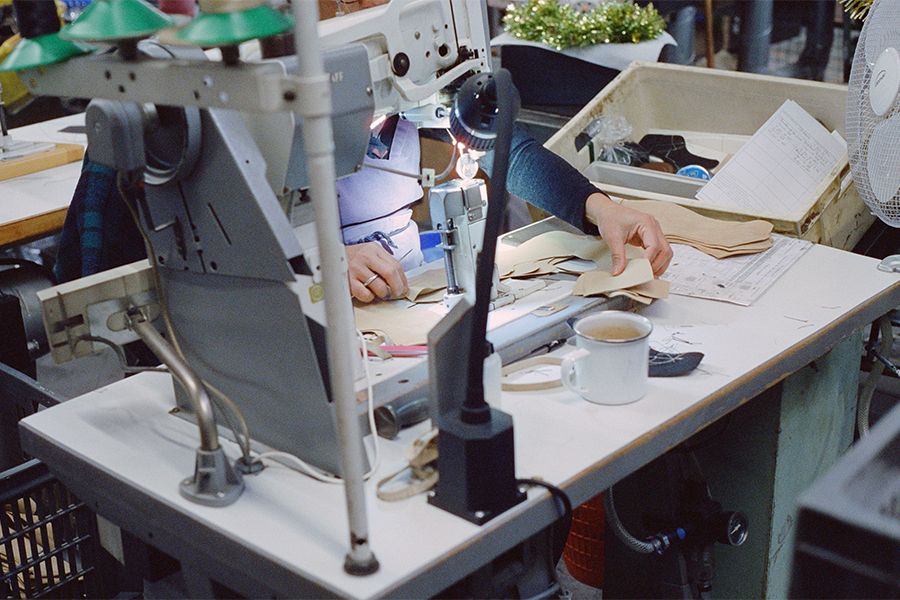
Milling and glassing
Once all of these sole stacks are done, we can move on to milling. During the milling process, the craftsmen will trim, remove the excess material. This is the most dangerous operation: it takes two years of training to be able to do it, and you have to make sure you are well applied. In the end, it is the hand of the man that makes the shoe will have a larger overhang than another, and each pair will be unique.
This is followed by the glassing stage: this is much the same as milling, only it is done with a strip of sandpaper, to smooth the shoe as smooth as possible.
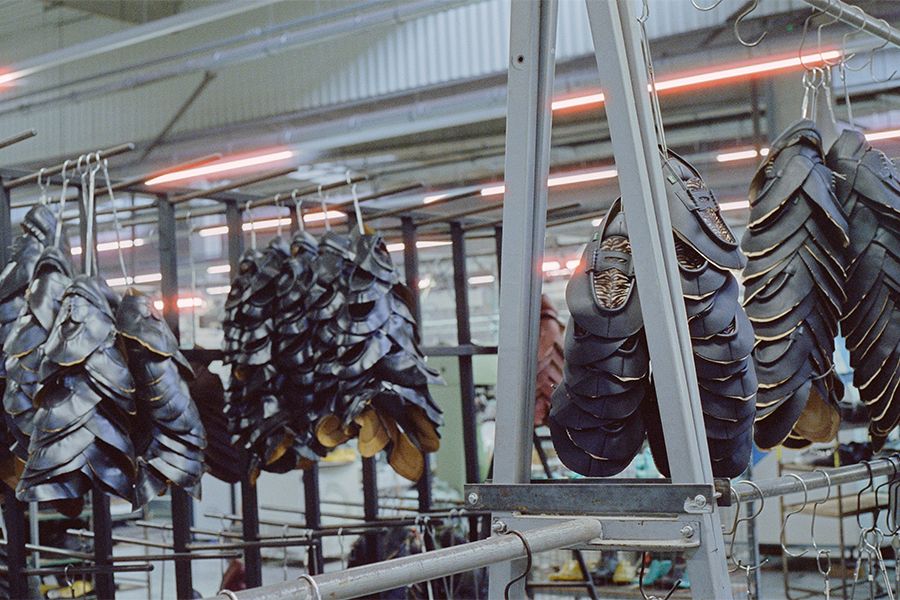
The final touch
In order to have the most beautiful shoe possible, finishing steps are necessary: cut all the excess thicknesses, burn the threads that protrude, glue a first of cleanliness, pass coloring ... Finally, we pass a stroke of polishing and a brush, in order to make it more or less shiny according to the request of the customer!
Before being boxed, the shoes benefit from a real quality control in the workshops. The pairs are then wrapped in tissue paper, delivered in Paraboot boxes.
